How to Ride a Fat Tire eBike in Snow: Winter Riding Guide

While snowfall might look pretty, winter turns riding into a whole process. Freezing temperatures, soft powder, slush, and ice all affect eBike performance, making winter a challenging time to ride. But with proper preparation, equipment, and technique, snow becomes just another obstacle you can hurdle with a winter ebike.
We’re here to help you master your ebike for snow riding, taking you from tire setup to ride technique, battery management, and what to expect in tricky snow conditions. If you’re skeptical about whether a hunting eBike can take on winter terrain without a hiccup, keep reading to find out.
Before You Ride: Prep & Gear
Tire Setup & Pressure
Fat bikes work best by running low tire pressure in the snow. For deep snow, many riders drop down into the 4–8 psi range to maximize footprint and reduce sinkage. IMBA recommends ultra-wide tires (3.5" or more) and pressures typically under 10 psi for snow conditions.
Low pressure allows the tire to mold to the snow’s surface and glide over it rather than punching through. But too little and you risk rim strikes on hidden obstacles. Finding the sweet spot takes testing. Many riders pre-load with slightly more pressure off-trail and bleed it out when reaching deeper snow.
If your setup allows, tubeless systems are often preferred to reduce the risk of pinch flats in frozen terrain, though some riders still prefer tubes in extremely cold or variable snow conditions for reliability.
Clothing, Warmth & Layers
Dress in layers—avoid cotton. Use moisture-wicking base layers, insulating mid-layers, and windproof outer shells to avoid hypothermia on your ride. Pay special attention to hands, feet, face, and head, which lose heat fast in cold wind.
Proper winter gloves, insulated boots, bar mitts (handlebar covers), and a helmet liner or balaclava help significantly. Consider foot warmers or neoprene overshoes in extreme cold. Start slightly cool so that your body heat kicks in as you ride.
Battery Care & Cold Management
Cold is enemy number one for eBike battery performance. The colder it is, the less effective your battery becomes, reducing range and peak power. Store batteries indoors, remove them from the bike when possible, and keep them warm until ride time. Cold temps may also halve your effective range compared to mild conditions, requiring you to plan shorter routes or carry an extra battery.
Check all your bike’s components before heading out—tighten cables, lubricate the chain with cold-suitable lube, and ensure nothing clatters. Snow, grit, and salt can accelerate wear.
On the Trail: Technique & Riding Strategy
Choose the Right Snow
Avoid freshly fallen, deep powder when possible. Opt for packed snow, groomed trails, or crusted surfaces. Fat tires sink too deeply in soft snow and lose momentum. Avoid tightly packed snow zones where tires lose floatation.
Steer gently. Use wide, sweeping turns rather than sharp, lean angles, which can cause a loss of traction or digging in. Braking distances increase in snow—plan to brake earlier and more gradually.
Keep your weight centered or slightly rearward to maintain rear traction, but don’t lean too far back. Smooth pedal inputs matter: sudden torque or surging can cause wheel spin. Use lower assist modes for better control through soft sections.
If you get stuck, sometimes walking through a soft patch is faster than burning battery trying to power through.
Use Assist Modes Wisely
While the motor is helpful, in snow, you want to avoid full-throttle bursts that spin wheels. Use eco or medium assist when possible, and save higher modes for steeper or more compacted snow. That conserves battery while maintaining traction.
In heavy snow sections, weight shifting, pedaling cadence, and momentum often matter more than pure motor output.
Be Mindful of Ice & Hidden Hazards
Under the snow may lie ice, rocks, branches, or uneven terrain. Reduce speed accordingly, and stay alert. Use narrower tracks or older tire grooves rather than creating fresh lines through blind terrain.
If your area has thin ice over water or bogs, avoid those altogether. Even snow can mask dangerous gaps.
Handling Special Condition
Slush & Melted Snow
Slushy snow creates water, grime, and drag. Let water and slush go under your frame, and avoid riding through deep wet slush if possible. Clean your drive system frequently to avoid buildup and corrosion.
Icy Patches & Studded Tires
Studded tires or studs added to existing fat tires can provide traction on icy surfaces. Use them when you know trails freeze or hardpack ice is expected. Without studs, ride with extra caution on slick sections.
Uphill & Downhill Strategy
On climbs, keep a steady, moderate power—don’t overdo it. Spin gears as needed. On descents, hit your brakes early and progressively. Your brakes might not be as sensitive in the cold weather, so test them before you need to hard brake. Let the fat tire’s width absorb bumps rather than relying entirely on suspension.
What to Expect: Challenges & Rewards
Snow riding is slower. Mileage and speed drop drastically compared to dry trails. You’ll burn more energy, and the cold will fatigue you faster. But the reward is access to trails others can’t reach and a unique perspective on nature’s quiet winter.
You’ll learn patience, finesse, and a different kind of flow. There’s beauty in the challenge of riding.
Take on Winter with Birch

If you're ready to push further this winter, you need the Birch Grolar. This ultimate off-roading eBike is made to thrive in harsh winter conditions. With its dual 750W motor power and thick 26” x 4” tires, you’ll have the traction and the power to haul your winter payloads through deep snow or over icy hills. The rugged aluminum frame, advanced suspension, and high-capacity battery range of up to 85 miles make the Grolar a true winter-ready eBike.
Tackle snow-covered trails, freezing temps, and unpredictable winter landscapes with ease on the Birch Grolar. Explore Birch today and see how you can ride longer, deeper, and quieter this winter.



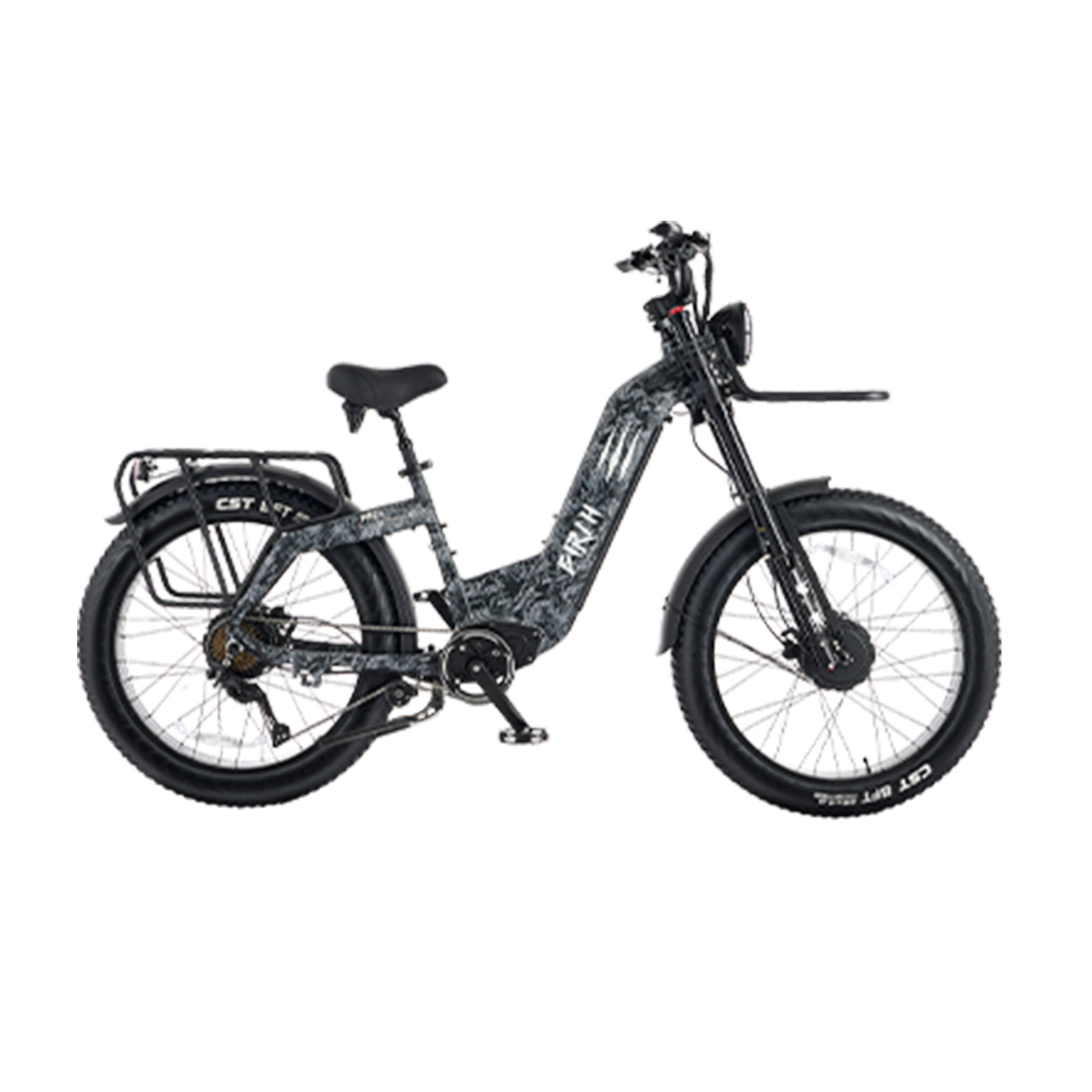

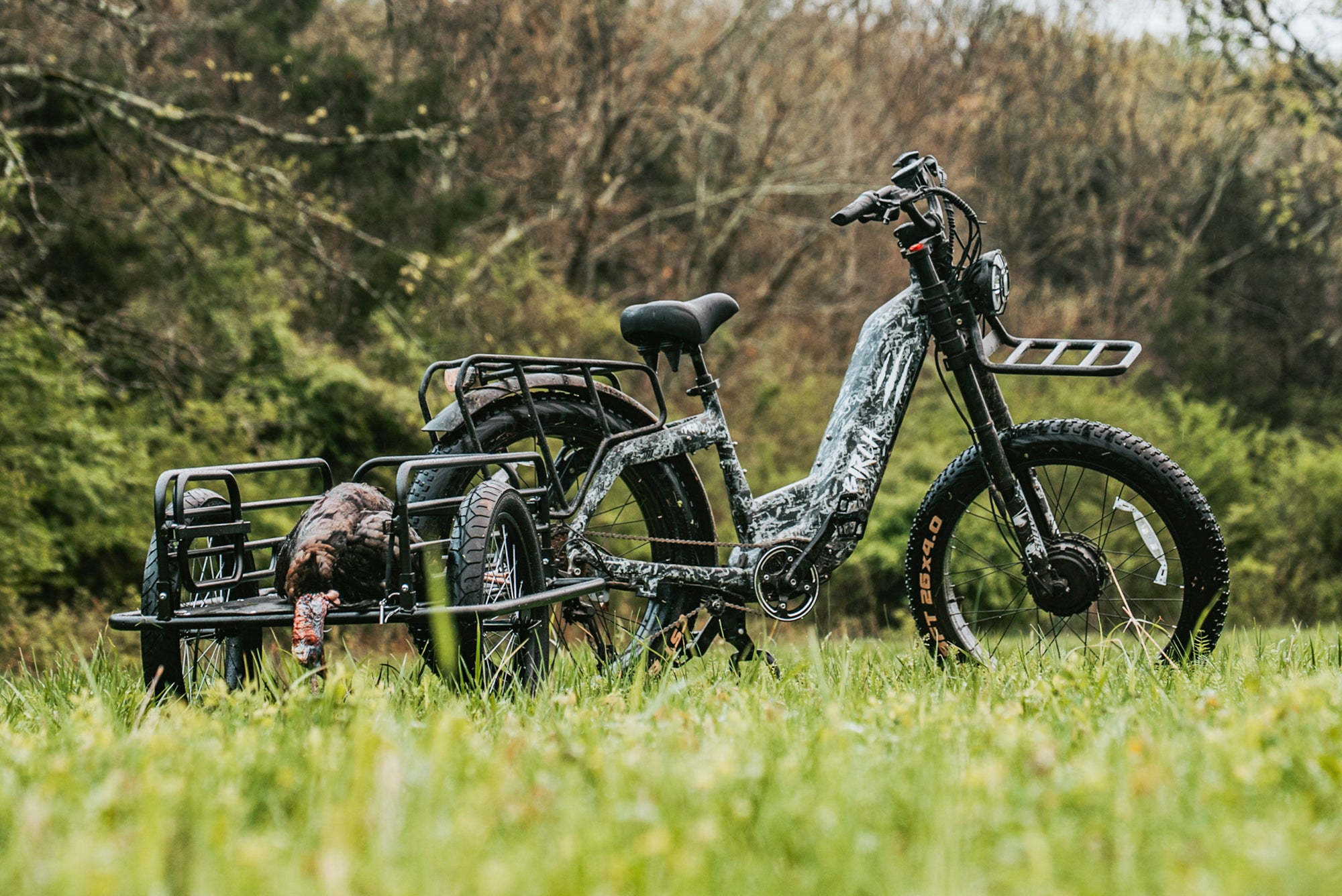
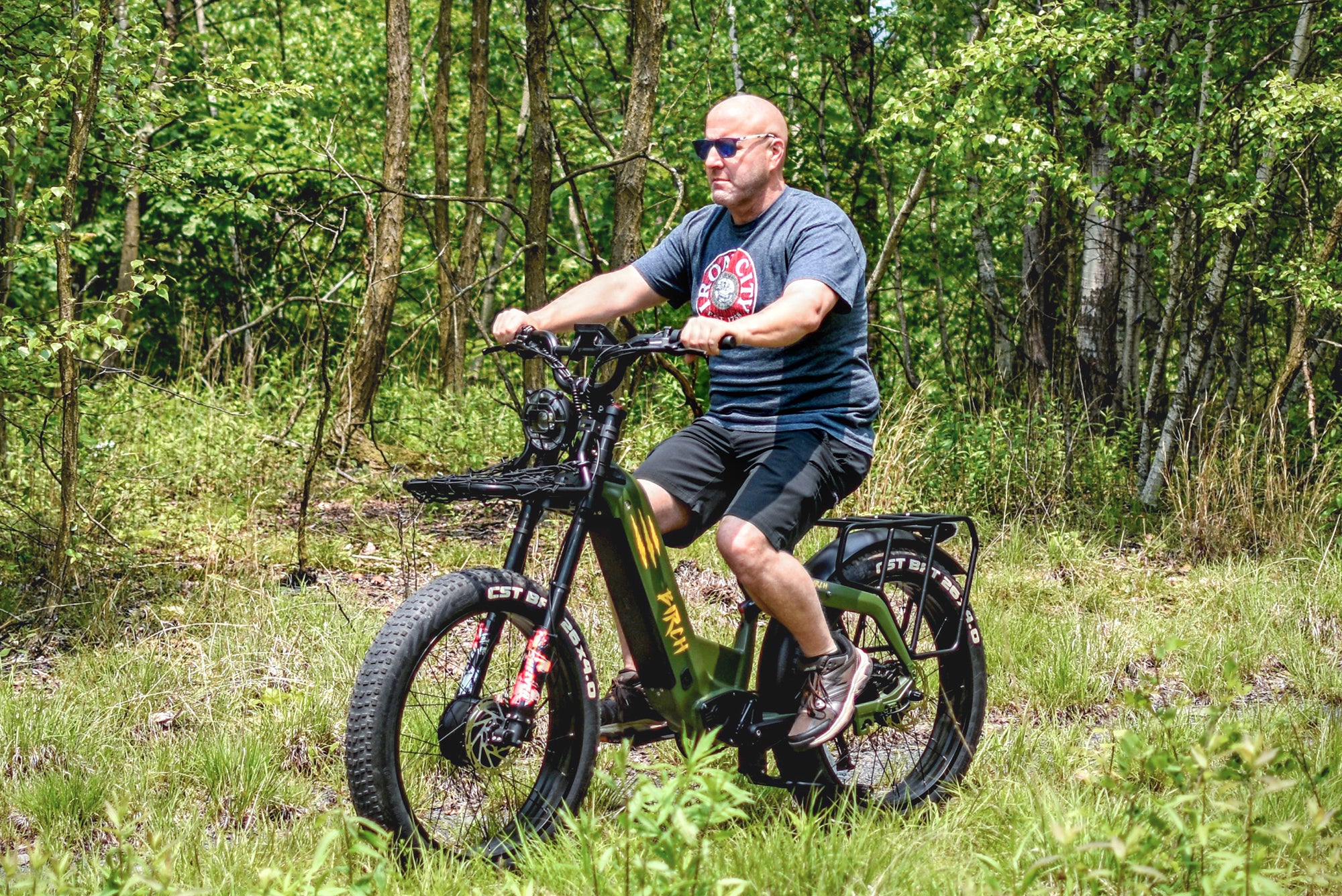

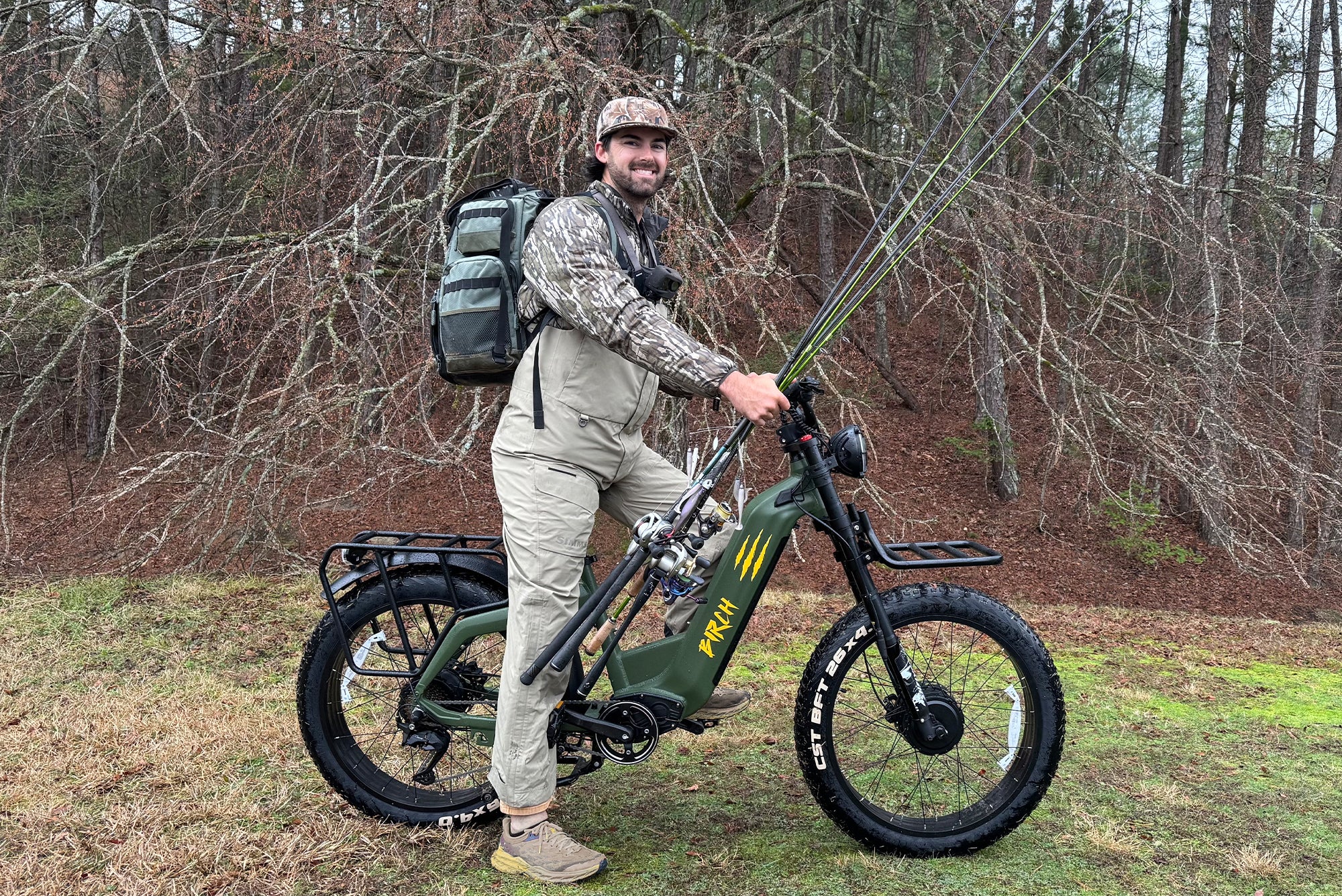
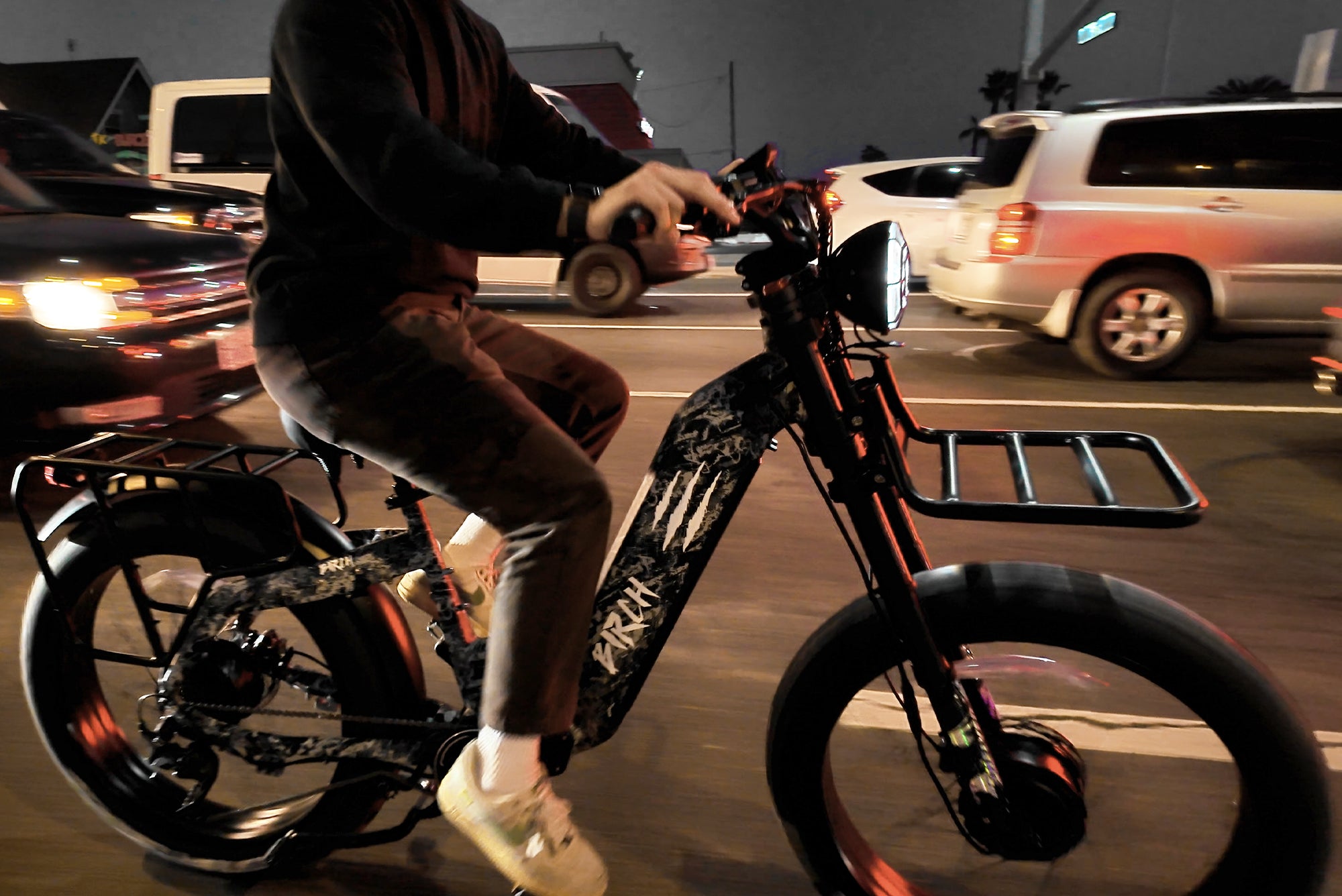






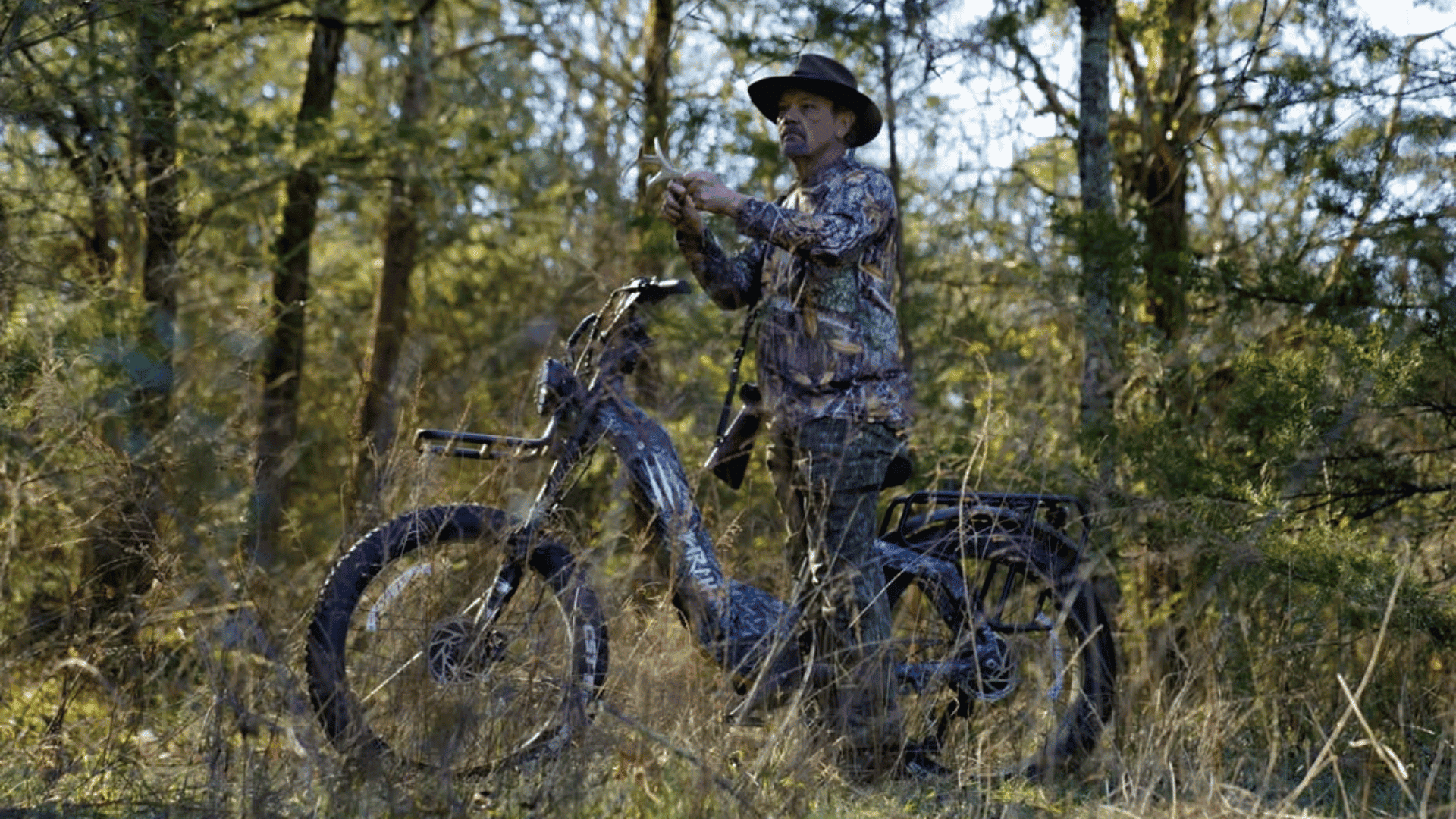
Leave a comment
All comments are moderated before being published.
This site is protected by hCaptcha and the hCaptcha Privacy Policy and Terms of Service apply.